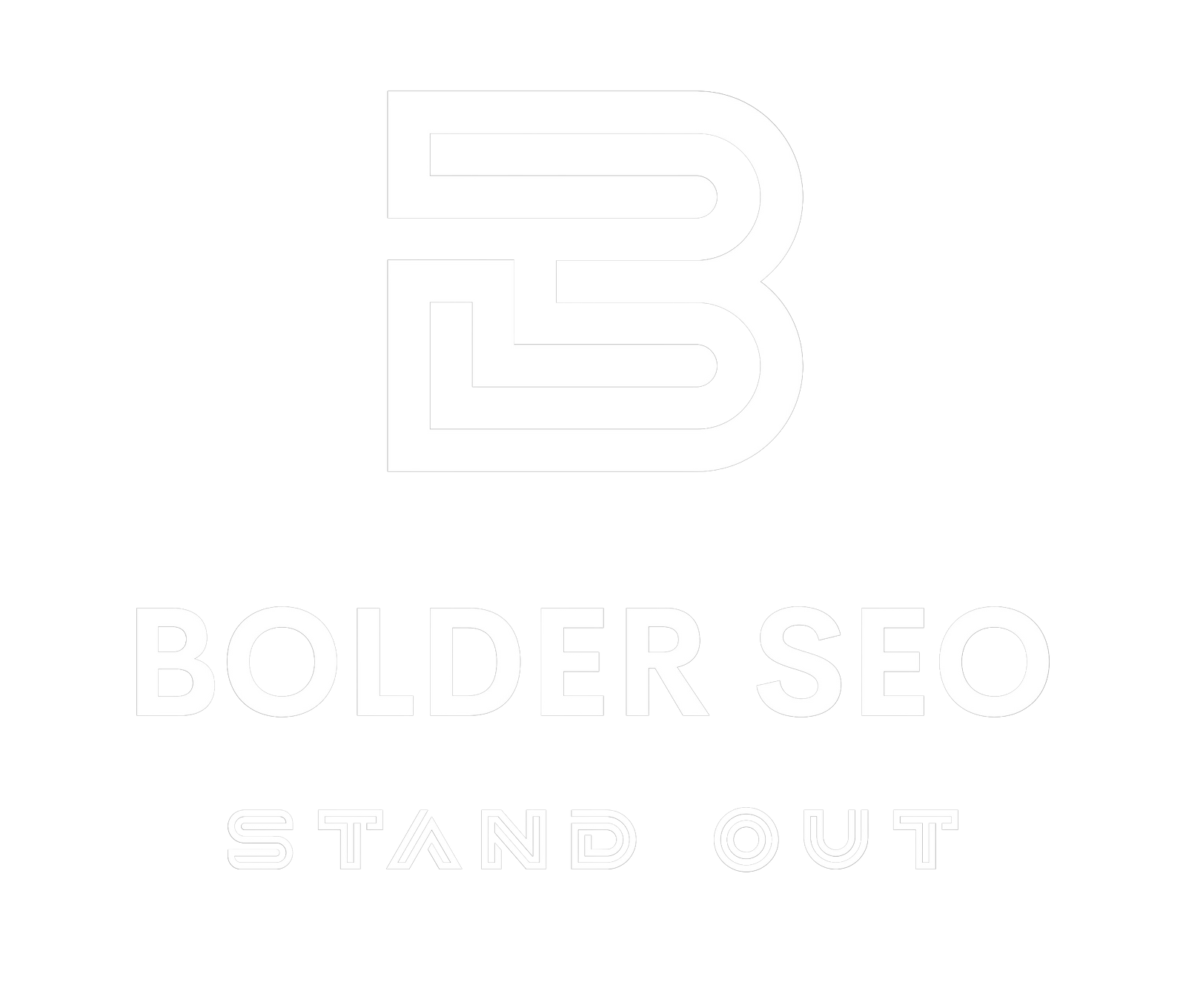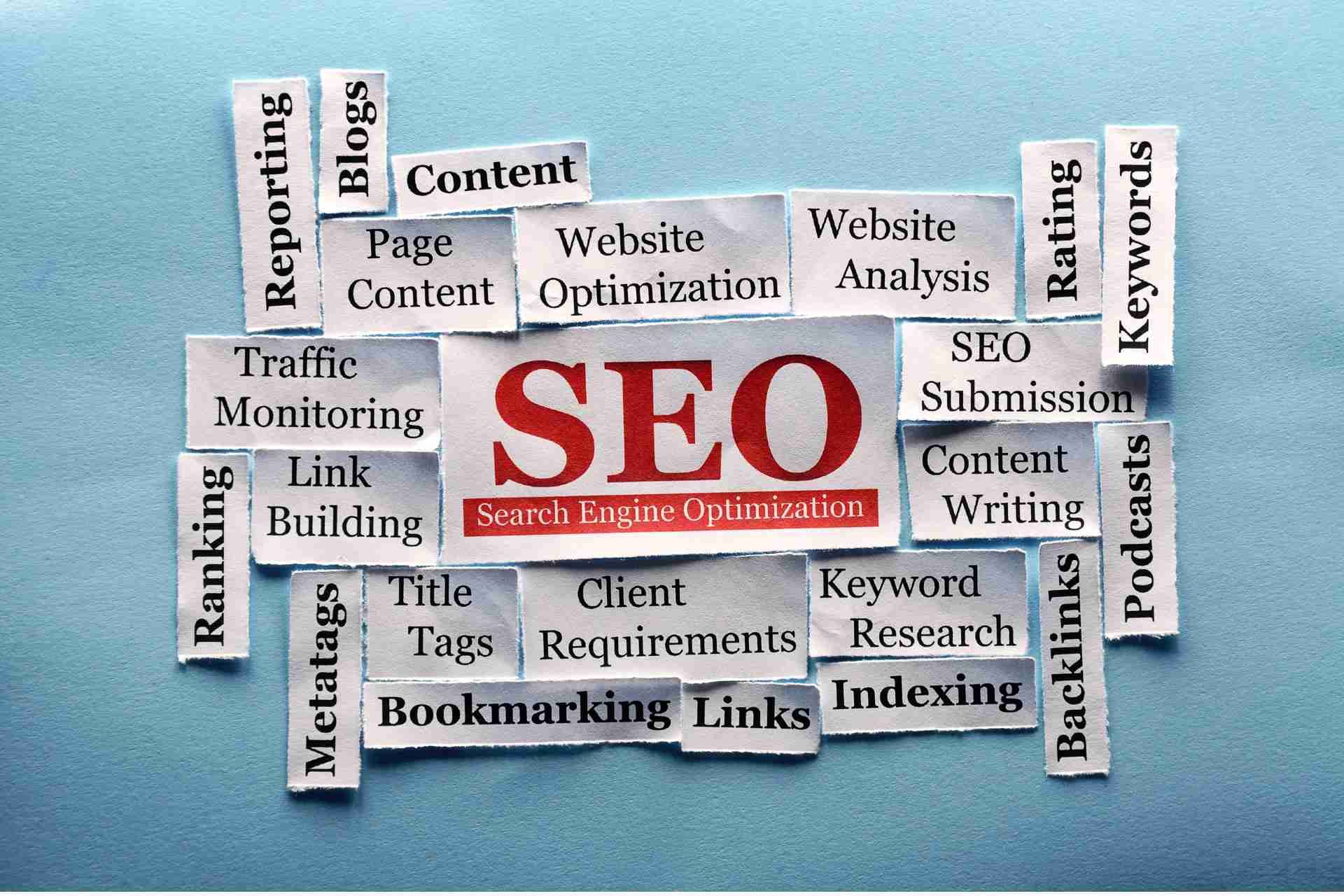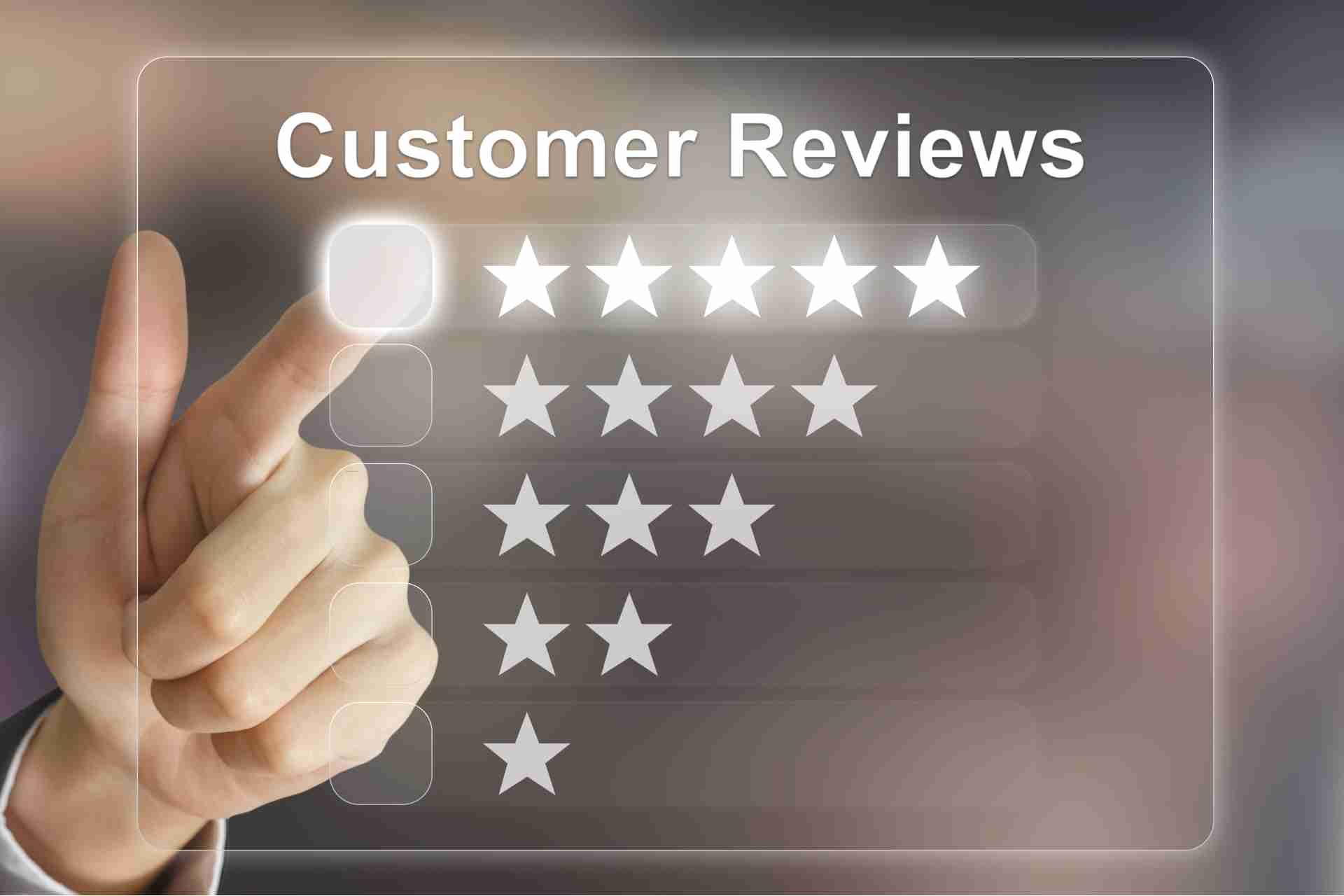Content Marketing Strategy Checklist: A Must-Have Guide

In today's digital age, content marketing has become the lifeblood of businesses striving to engage audiences, build brand authority, and drive valuable conversions. However, without a well-defined content marketing strategy, efforts may fall short of expectations. To ensure your content marketing campaigns are aligned with your business objectives and yield meaningful results, this checklist will guide you through the essential elements of an effective content marketing strategy.
1. Set Clear Goals and Objectives
Begin by defining what you want to achieve with your content marketing efforts. Do you aim to increase brand awareness, generate leads, boost website traffic, or enhance customer loyalty? Establishing clear goals will provide a guiding compass for your strategy, helping you steer the content direction in the right direction.
2. Know Your Target Audience
Understanding your target audience's demographics, preferences, pain points, and interests is crucial for crafting content that resonates. Conduct thorough research, create buyer personas, and constantly refine your understanding so that your content remains relevant, engaging, and highly valuable to your audience.
3. Conduct a Content Audit
Take stock of your existing content assets and analyze their performance. Identify top-performing pieces to determine what is resonating well with your audience, and pinpoint areas that need improvement or repurposing. An audit helps identify gaps in your content strategy and unveils opportunities for creating new content ideas.
4. Develop a Content Calendar
Consistency is key for maintaining a successful content marketing strategy. Create and maintain a content calendar that outlines important dates, topics, and publication schedules. This helps you plan in advance, stay organized, and ensure a steady flow of valuable content that aligns with your goals and resonates with your audience.
5. Incorporate SEO Best Practices
Optimizing your content for search engines is crucial to improve visibility, drive organic traffic, and increase brand exposure. Incorporate relevant keywords, optimized headings, meta descriptions, and alt tags to enhance your content's discoverability and ranking potential. Additionally, focus on building high-quality backlinks from authoritative sources to boost your overall SEO performance.
6. Leverage Various Content Types
Diversify your content offerings to cater to different audience preferences. Include a mix of blog posts, videos, infographics, webinars, podcasts, eBooks, and interactive content. This variety enhances engagement, attracts wider audiences, and accommodates different learning styles.
7. Embrace Social Media
An effective content marketing strategy should leverage the reach and engagement potential of social media platforms. Identify the channels where your target audience is most active and create shareable content tailored to each platform. Encourage social sharing, engagement, and user-generated content to amplify the impact of your efforts.
8. Analyze and Optimize
Measure the success of your content campaigns using analytics tools. Track metrics such as website traffic, engagement rates, conversion rates, and social shares to assess the performance of each piece of content. Use these insights to identify areas where you can optimize your strategy, refine your content, and align your approach with the evolving needs of your audience.
9. Monitoring
Monitoring involves the ongoing observation and measurement of various metrics, parameters, and key performance indicators (KPIs) to assess performance in real time. It provides businesses with insights into the effectiveness of their operations, strategies, and tactics.
10. Repurposing Strategy
Plan how you can repurpose content to maximize its reach and impact across different channels.
- Environmental Sustainability - With the increasing focus on sustainability, repurposing strategy aligns perfectly with eco-conscious practices. Rather than discarding or wasting resources, repurposing allows businesses to reduce their ecological footprint by diverting materials from landfills and extending their lifecycle. By embracing repurposing, companies contribute to a circular economy, fostering a culture of responsible consumption and reducing waste production.
- Cost Efficiency - One of the most compelling advantages of repurposing is its cost-effectiveness. Instead of investing in new resources or technologies, repurposing allows businesses to allocate existing assets towards new applications or markets. This reduces production costs, as well as the need for additional raw materials. Whether it's revitalizing old machinery, rebranding existing products, or launching new features based on customer feedback, repurposing strategy allows you to harness the value of what you already possess.
- Boosting Innovation - Repurposing strategy is a catalyst for creativity and innovation. It prompts businesses to think outside the box, seeking novel ways to utilize their resources. By repurposing, companies can discover untapped potential within their existing offerings, leading to the creation of new revenue streams or market niches. This approach also promotes a culture of continuous improvement and adaptability, fostering a mindset of innovation within the organization.
- Expanding Market Reach - Repurposing can open doors to new customer segments or markets that were previously untapped. By understanding the changing needs and preferences of consumers, companies can develop new ways to repackage, reposition, or even rebrand their existing products or services. Repurposing enables businesses to meet the demands of diverse customer groups without starting from scratch, expanding their market reach and securing a competitive edge.
Conclusion
A well-executed content marketing strategy can drive substantial growth and solidify your brand's position in the minds of your target audience. By following this comprehensive checklist, you can ensure your efforts are aligned with your objectives, resonate with your audience, and continually evolve to meet their changing needs. Investing in a strategic content marketing approach will undoubtedly yield long-lasting results and position your brand as an industry authority.






